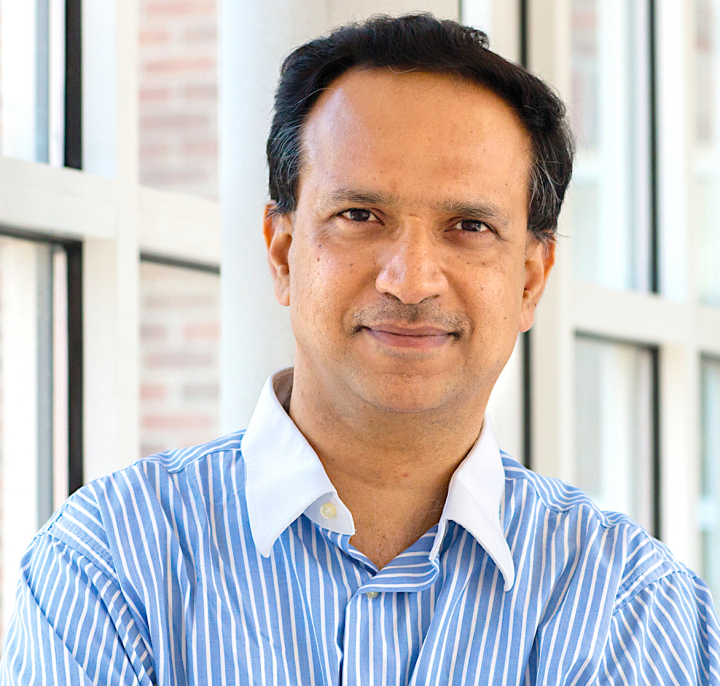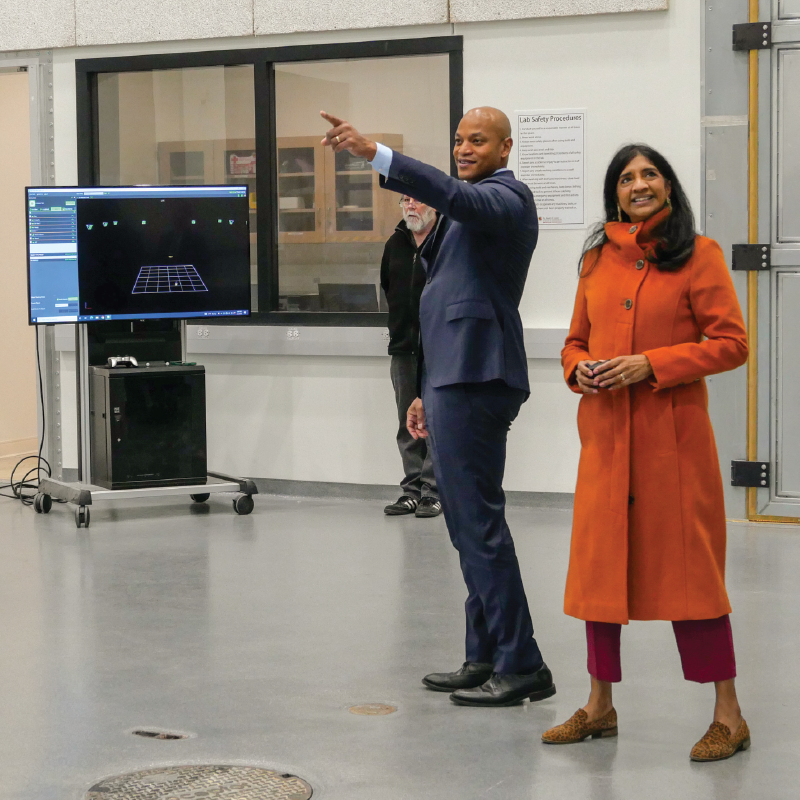News Story
Boyson co-authors chapter in World Economic Forum report
Professor Sandor Boyson (BGMT/ISR) is the co-author of a chapter in the World Economic Forum’s annual Global Information Technology Report. Sandor and his co-author David Boyer, a research scientist with Avaya Labs, offer a blueprint for nations to better leverage emerging communications capabilities and technologies to spur economic and social development.
The report includes essays written by leading practitioners, scholars and experts to offer a global view of information communication technology strengths, weaknesses, and progress. Boyson’s chapter “Unified Communications: Leading Advances in Global Decision Making and Economic Development” applies findings from Smith-Avaya joint research and industry advances to offer insight into unified communications–led development—which the researchers present as a new national readiness and economic catalyst model.
Boyson offers the idea of unified communications—or being able to simultaneously manage data, video, and voice traffic, from the network and user’s perspective—as a breakthrough and surge in momentum in “an ongoing 200-year-old communications revolution.”
“Among the implications is the creation of a revolutionary services platform capable of orchestrating processes and people on a scale never before seen. This is a step-change in technological capability that will truly marry human intelligence with network intelligence,” said Boyson. “Unified communications—enabled choreographies present great advances in orchestrating end-to-end business processes and people in real time—what our industry partner Avaya calls communications-enabled business process. They open up the possibilities for an unprecedented scale of coordinated actions in business, government and society.”
In the paper, the authors outline exciting future possibilities and scenarios such as mobile phones that could monitor a user’s vital signs in real-time, to then beam to an on-call health care provider; oil pipelines that could automatically communicate diagnostic information to technicians; and disaster watch systems that identify imminent danger and trigger alerts to emergency authorities and first responders, as well as simultaneously send warning messages to individual computers and mobile phones.
In looking toward the future, Boyson advises that public and private leadership will need to form a national unified communications vision and leadership group responsible for formulating and steering a multifaceted policy agenda. The focus, he says, will be on maximizing market potential to deliver broad penetration of unified communications services at the lowest possible price.
“Government and industry need to mobilize formal business value networks – much as the United States’ RosettaNet or Singapore’s TradeNet did in a previous technology era – that can bring together affiliated companies to collaborate on unified communications rule sets and end-to-end choreographies,” said Boyson.
Boyson is the co-director of the Supply Chain Management Center at the University of Maryland’s Robert H. Smith School of Business.
The complete report can be purchased online at the World Economic Forum's web site. A free executive summary can be downloaded at the site.
Published April 18, 2008









